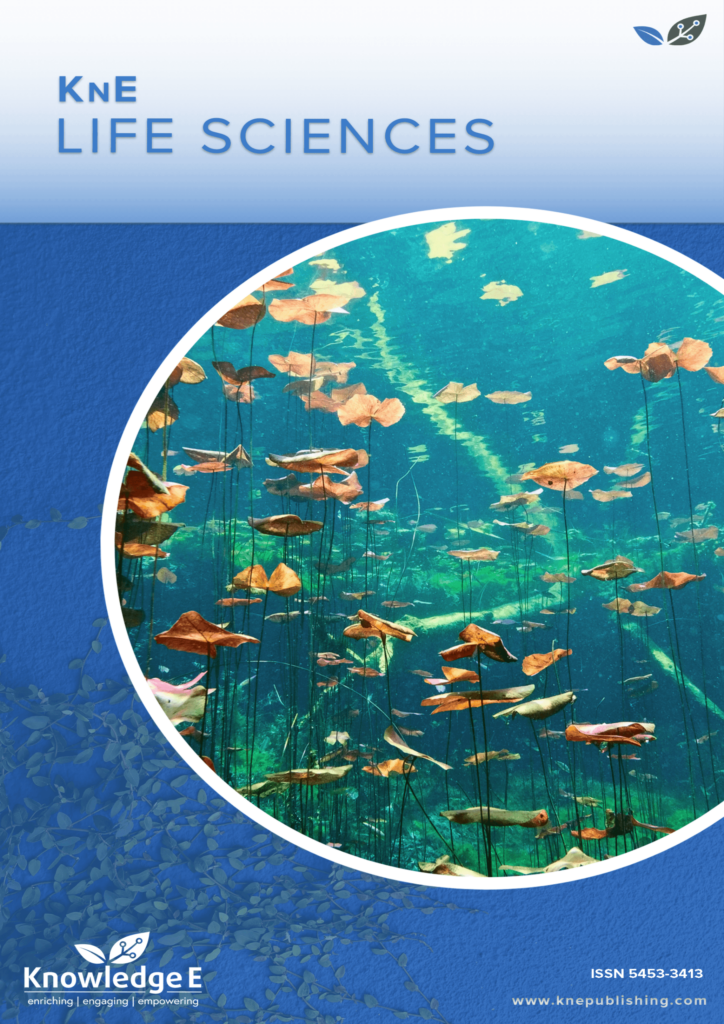
KnE Life Sciences
ISSN: 2413-0877
The latest conference proceedings on life sciences, medicine and pharmacology.
The Effects of Light Color on Seed Germination of Markhamia stipulata (Wall.) Seem
Published date:Jul 11 2017
Journal Title: KnE Life Sciences
Issue title: The 4th International Conference on Biological Science (2015)
Pages:233-240
Authors:
Abstract:
Markhamia stipulata (Wall.) Seem. (Bignoniaceae) is one of collections in Bogor Botanical Garden that potential as a medicine. Information about germination of these species were not known yet. This research was aimed to examine the effect of light color on germination process of Markhamia stipulata (Wall.) Seem. The research method used a Randomized Complete Block Design (RCBD) that consist of three treatments (red light, far red light, dark) and one control (open air) with four replications for each group. Each group consist of 10 seeds. Precentage of seed germination; seedling height; cotyledon width; length, width and number of leaves were measured. The result showed that seed germination start at third day after sowing. Germination rate and germination rate coefficcient showed there is no significant difference between all treatments even though far red light showed highest number (100 %; 0.755). However, light color influence on seedling growth. Far red light showed affect on internodes distance. Dark light showed affect on leaves and cotyledon size. Red light and control showed similarity.
Keywords: dark; far red light, Markhamia stipulata (Wall.) Seem; red light; seed germination
References:
[1] V. S. Hoang, K. Nanthavong, and P. J. A. Keßler, “Trees of Laos and Vietnam: A field guide to 100 economically or ecologically important species,” Blumea: Journal of Plant Taxonomy and Plant Geography, vol. 49, no. 2-3, pp. 201–349, 2004.
[2] R. Kessler and W. Stuppy, “Seeds time capsule of life,” in Seeds time capsule of life, p. 103, Firefly Books Ltd, Great Britain, 2nd edition, 2009.
[3] K. Fern, “Markhamia stipulata,” Acces in September, vol. 10, 2014, www.tropical.theferns.info/viewtropical.php.
[4] S. Ali, S. El-Ahmady, N. Ayoub, and A. Singab, “Phytochemicals of Markhamia Species (Bignoniaceae) and Their Therapeutic Value: A Review,” European Journal of Medicinal Plants, vol. 6, no. 3, pp. 124–142, 2015.
[5] PM. Ray, The living plant. Second edition, Rinehart and Winston Inc, New York: Holt, 1972.
[6] Draper Sr. and LN. Bass, “A Bould. Seed science and technology. International Seed Testing Association,” Zurich, 1985.
[7] G. Tjitrosoepomo, Morfologi tumbuhan [Plant Morphology], Gadjah Mada University Press, Yogyakarta, 12th edition, 2000.
[8] HF. Chin, “Recalcitrant seeds a status report,” in Rome : International Board for Genetic Resources, p. 11, 1988.
[9] TT. Kozlowski, “Growth and development of trees. Volume I,” in pp 443, p. 443, Academic Inc, New York, 1971.
[10] D. Latifah, Ecology of palms (Arecaceae) in respons to cyclonic disturbances in [Ph.D. thesis], North Queensland, Australia. [Phd Thesis]. James Cook University, 2011.
[11] C. W. Whippo and R. P. Hangarter, “Phototropism: Bending towards enlightenment,” Plant Cell, vol. 18, no. 5, pp. 1110–1119, 2006.
[12] WK. Purves, D. Sadava, GH. Orians, and Life., “The science of biology,” Plants and
Animals, pp. 93–100, 2004.